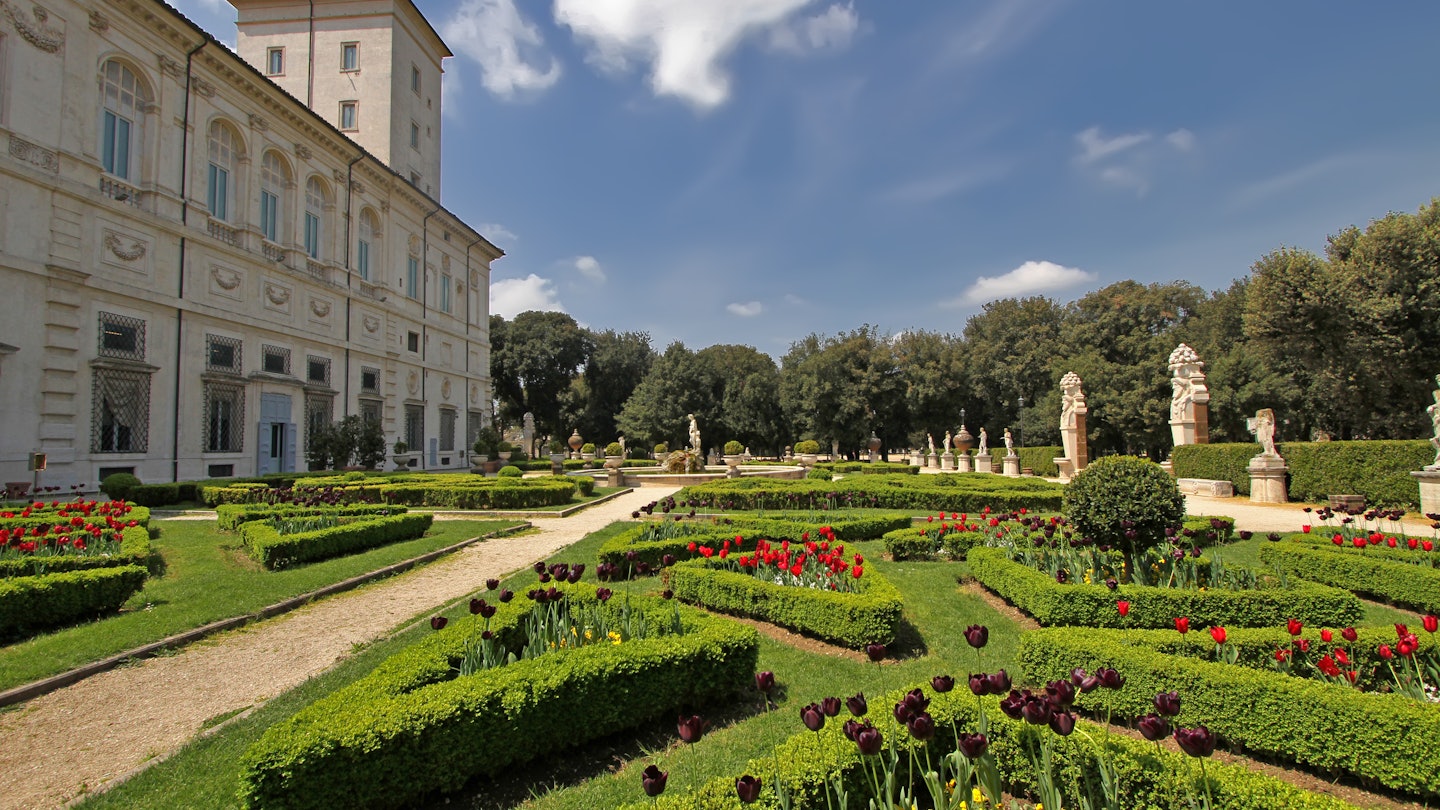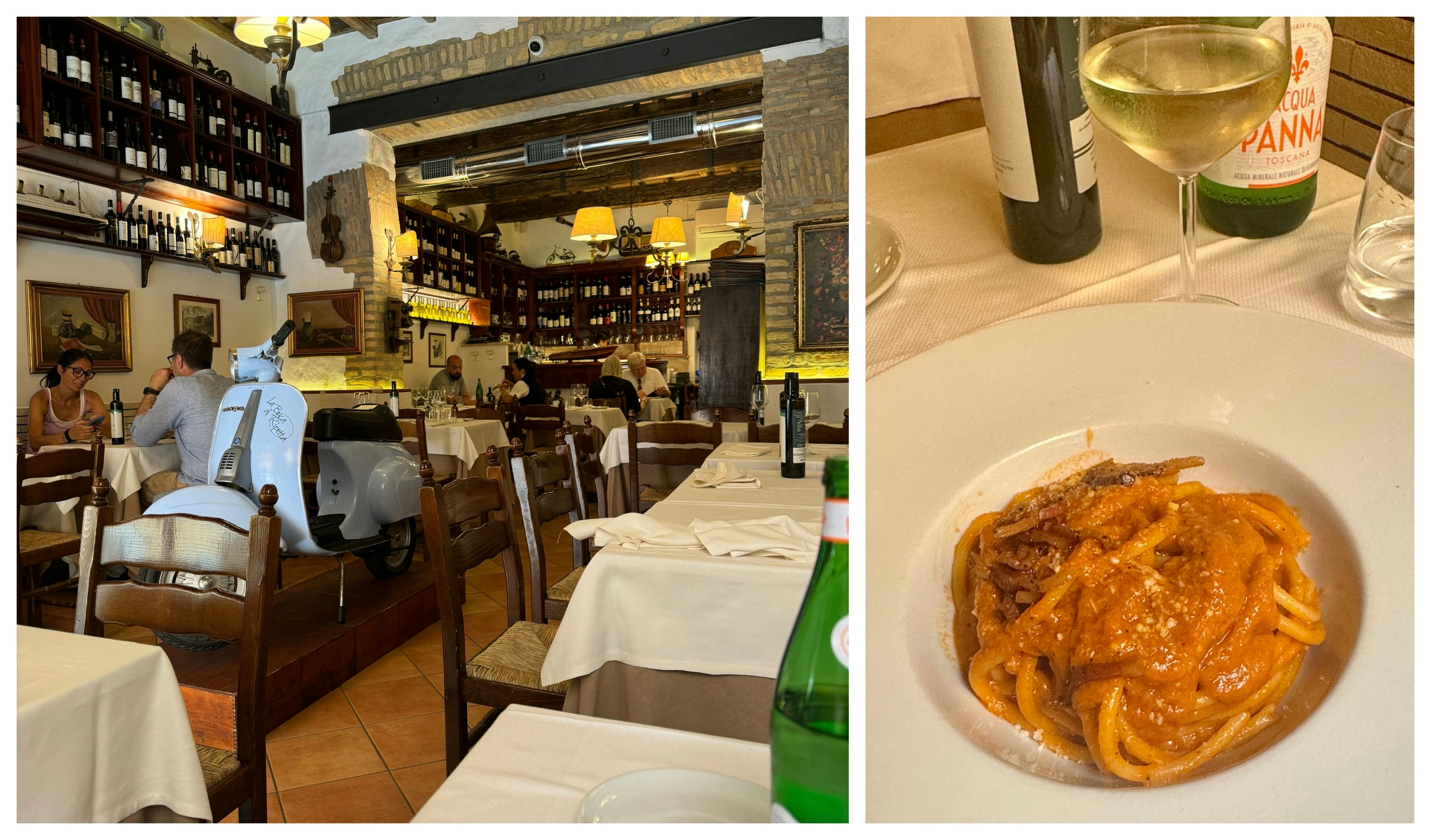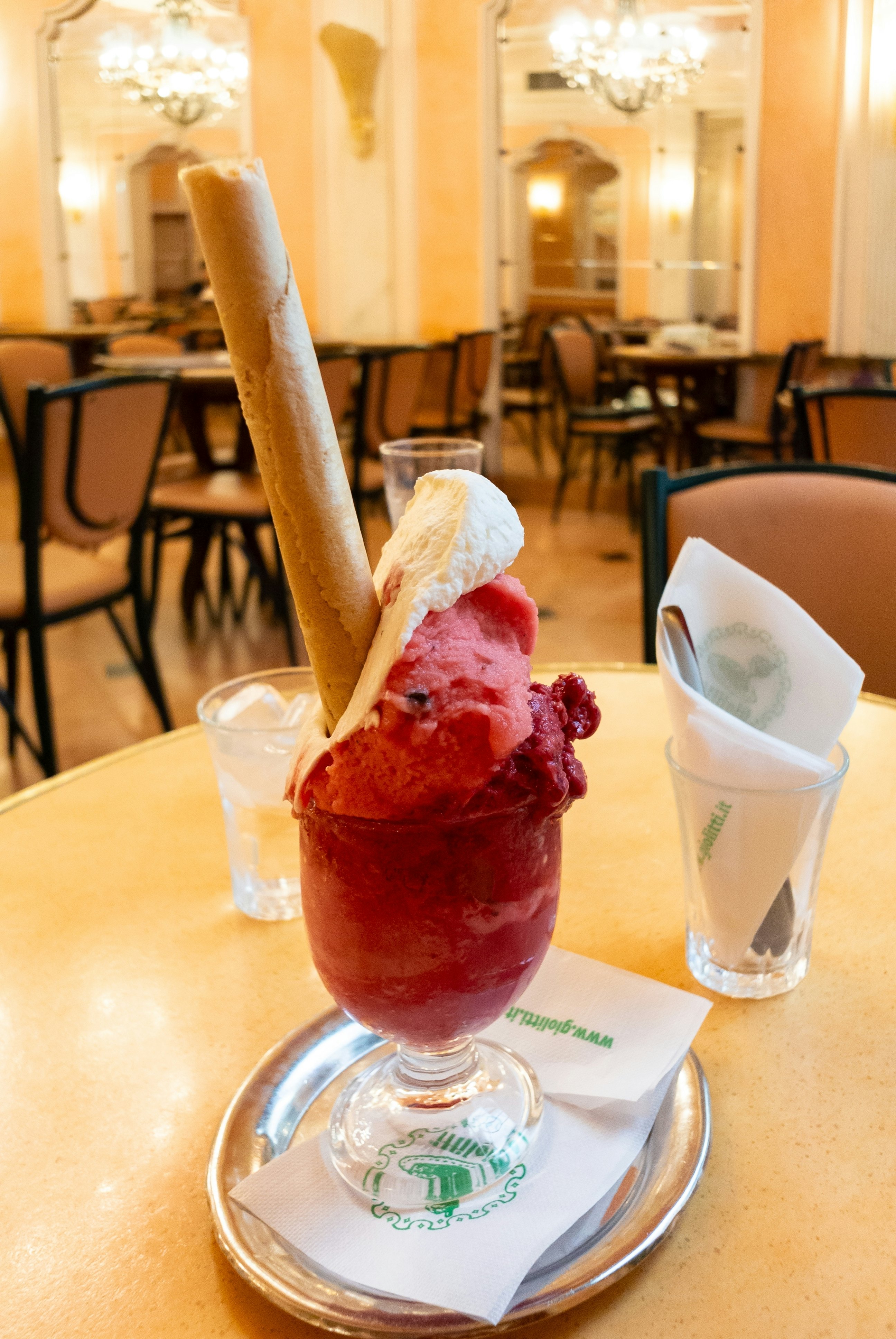

Villa Borghese. BGStock72/Shutterstock
Should you only have a day to see as much as you can in Rome, fear not, here is an itinerary to guide you. In a place where history teems from every cobblestone, edifice and ancient wall, Rome may not have been built in a day, but it is entirely doable to explore the city in one. This itinerary assumes an early morning arrival.
How do I get from the airport to the city?
Sure you can take a taxi or an uber, but it's significantly more expensive (and there are additional fees if you're being dropped off in the historic center). Instead take the Leonardo Express from Leonardo da Vinci International Airport to Roma Termini (Stazione Termini). The train takes 32 minutes and costs €14 (US$16) each way.
If you have a heavy suitcase and need to ditch it for the day, there are luggage storage options at the airport (and Termini as well) for €10 (US$11.75) per bag. From Termini, you can get to any part of Rome fairly easily. Take a taxi, a bus or the Metro to your hotel or your first stop.

Where should I stay?
If you’re in Rome overnight, Hotel Locarno is a centrally-located boutique hotel (a stone's throw from Piazza del Popolo) with a charming outdoor patio where you can take all meals and a rooftop terrace that’s open in the evenings. Breakfast was included with the rate I booked (though not on the morning you check in). Accommodation in Centro Storico is close to everything, but there are few budget options. For a more vibey area near Stazione Termini, check out options in Monti.
What should I do?
Rome is best viewed early in the morning. It’s relatively quiet with fewer crowds, so I'd advocate for heading to the ancient Roman sites as soon as you fuel up.

Morning
Breakfast in Rome is not a big affair – just a cappuccino and a cornetto (an Italian croissant). I chose to do this in the garden after checking into Hotel Locarno, but there’s no shortage of places to grab and go. Hit up the nearest pasticceria (cake shop) once you are ready to start your day – or make a beeline for Roscioli Caffe (it opens at 7am Monday through Saturday; 8am on Sunday) on your ramble to your first stops in Ancient Rome.
Pro tip: Some shops and restaurants are closed on Sundays and Mondays, so check out all the spots you’re hoping to visit before you head on out.
Rome is a wonderful city to explore on foot (if you're able). The charm, history and street life are ceaselessly fascinating. Every aspect of life is on display if you open your eyes and ears to it. Wear comfortable shoes as well more than 10,000 steps, across uneven terrain, are in your future.

Ancient Rome's greatest hits
Whether you're starting from Termini or Locarno, walk (20 to 30 minutes) to the Colosseum, Rome’s huge gladiatorial arena, which is usually crowded, but less so if you start early. I recommend booking a guided tour to visit the hypogeum, where gladiators and animals were prepped before taking the stage. This is an entirely different way to experience this iconic structure, especially fun if you’ve already been there, done that.
From there, you can roam (get it?) over to the Palatino to poke around ancient ruins, before descending into the Roman Forum. Just get any and all tickets in advance so you don’t have to wander around looking for the lines and kiosks.
Afternoon
Before you go to a very well-earned lunch, take a 10-minute walk to Area Sacra di Largo di Torre Argentina, the site where Julius Caesar was murdered in 44 BC. These ruins, among the oldest in the city, are accessible via a new footpath that opened in 2023. It’s also home to a thriving stray cat population and a volunteer-run cat sanctuary. It’s surprisingly uncrowded and relatively quick to view.
At this point, you'll be getting a bit foot weary, so take it slow while you stroll along Via del Corso, Rome's high fashion thoroughfare. In about 20 minutes you'll arrive at the casual-yet-refined La Buca di Ripetta, with its dining room's centerpiece Vespa. Any pasta from the menu will satisfy your appetite for carbs (I ordered the bucatini all'Amatriciana, a steal at €11/US$12.93).

Park it
After lunch, I recommend doing one of two things: 1) if you’re staying at the hotel, return to take a nap, or 2) wander towards Villa Borghese (5 minutes) to relax and chill out. I advocate for napping if you’re staying overnight – it’s very Roman! If you can’t stand the idea of being idle, then explore the best park in Rome, or just sit on a bench under a tree and people-watch.
After you’ve taken a load off, make your way to Museo e Galleria Borghese, the lauded museum located in the park, to cool down and see this masterful collection of sculptures, mosaics and paintings. Be sure (there’s a theme here) to book your timed entry ticket (should be around 2pm or 3pm) in advance.
Pro tip: Casa del Cinema at Villa Borghese shows outdoor films at their Ettore Scola open-air theater on summer nights from June to early September. Admission is free on a first come, first served basis.
Evening
From the museum, it should be about time to aperitivo, and the garden at the Hassler Hotel is an ideal place for just that (and only a 10 to 15 minute walk from the museum), though I chose to have a negroni at Terazza Locarno, the rooftop terrace bar at the hotel.
You do not need to get gussied up in Rome, unless you want to or are going to partake in some fine dining. But I like to take a quick shower after my aperitivo before making my way to dinner. (Again, this depends on whether you’re overnighting in a hotel.)

The last supper
Dinner is usually late in the evening, but I like to eat early. The first reservation at my restaurant of choice, Armando al Pantheon, is at 7pm. This place is very popular (with good reason), so it’s imperative to book in advance. Centrally located, this testament to Roman cooking has been around since 1961, the food is consistently delicious (I love the lamb), and it’s just a 5-minute walk to Giolitti for post-dinner gelato – they've been scooping gelato since 1890.
Pro tip: At Giolitti, you need to pay for your gelato before you order it.
Wander around to see the Pantheon and the Trevi Fountain while enjoying your sweet treat.
If you’re like me, you’re beat and are yearning for your bed – though there are plenty of great spots to continue the evening in Centro Storico. Two excellent nearby options are speakeasy Club Derrière or cocktail bar The Gin Corner.
Finally, and just to be on the safe side, always be mindful of your surroundings. Rome isn’t dangerous, per se, but it’s a busy, crowded city not without crime or pickpockets. Pay attention to what you’re doing and keep your possessions secure. As a woman who frequently travels alone, this is advice I live by.














